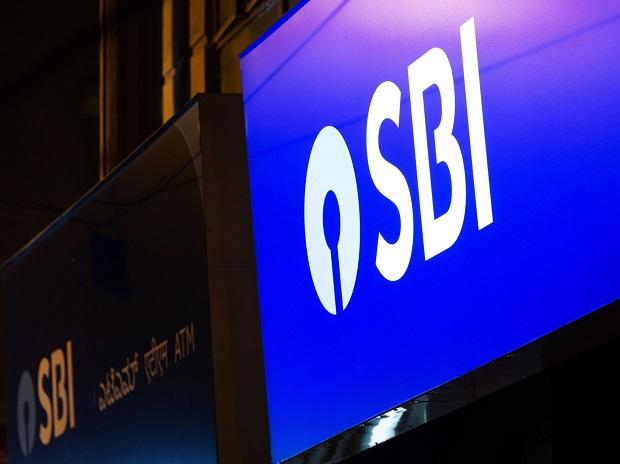[ad_1]
State Bank of India (SBI) has raised its marginal cost of funds-based lending rate (MCLR) by 10 basis points (bps), effective February 15.
The country’s largest lender announced the decision after the Reserve Bank of India’s monetary policy committee (MPC) last week raised the repo rate by 25 bps to a four year high of 6.50 per cent.
The central bank has now increased the rate by 250 basis points (bps) since May 2022, refusing to drop its guard against inflation and giving no indication that it would dial down.
According to SBI’s website, the overnight MCLR now stands at 7.95 per cent; one-month and three-month MCLR is at 8.10 per cent; six-months MCLR is at 8.40 per cent.
The one-year MCLR has moved up to 8.50 per cent while two-year and three-year MCLR stand at 8.60 and 8.70 per cent respectively.
SBI increased interest rates on domestic retail term deposits by 5 to 25 bps, depending on buckets. Deposits up to Rs 2 crore in “1 year to less than 2-year” and “2 years to less than 3 years” bucket will attract interest rates of 6.80 per cent and 7 per cent, respectively, up 5 bps. Similarly, deposits of over 3 years’ tenure will attract an interest rate of 6.50 per cent now compared to 6.25 per cent earlier.
Despite rising interest rates, banks’ credit growth has sustained. The latest print shows that banking system credit grew at 16.3 per cent for the fortnight ended January 27, 2023. Incremental credit growth has increased 12.2 per cent in FY23. The growth has been driven by continued and sustained retail credit demand, strong growth of non-banking financial companies (NBFCs), and inflation-induced working capital requirement.
Deposit growth in the banking system came in at 10.5 per cent for the fortnight ended January 27, 2023. Banks have increased deposit rates over the last few months to garner durable liquidity amid tightening liquidity conditions. Deposit rates are expected to rise further due to rising policy rates, competition between banks to finance credit demand, and lower market liquidity.
[ad_2]
Source link



